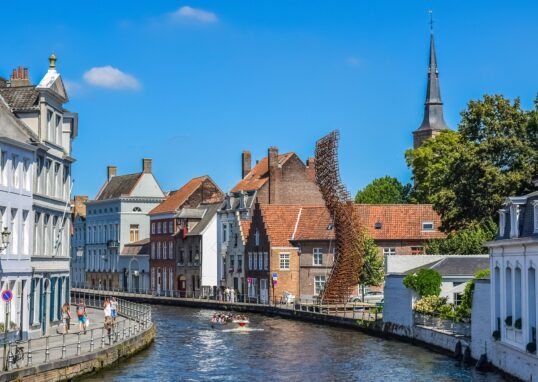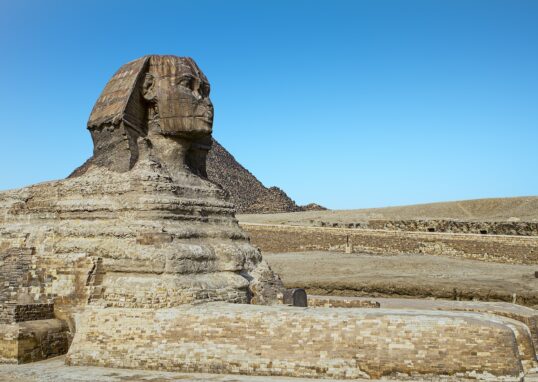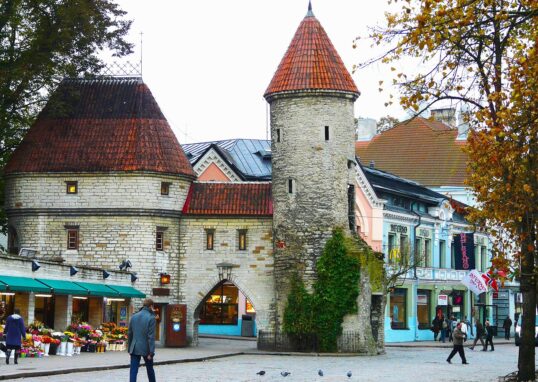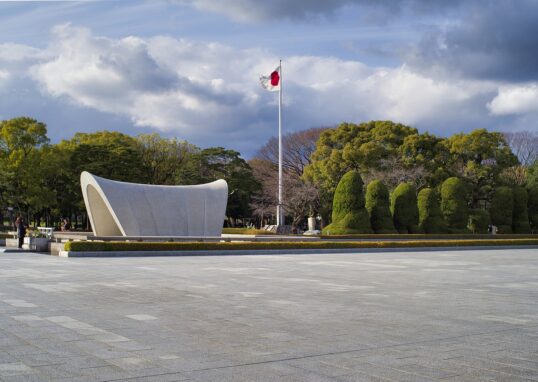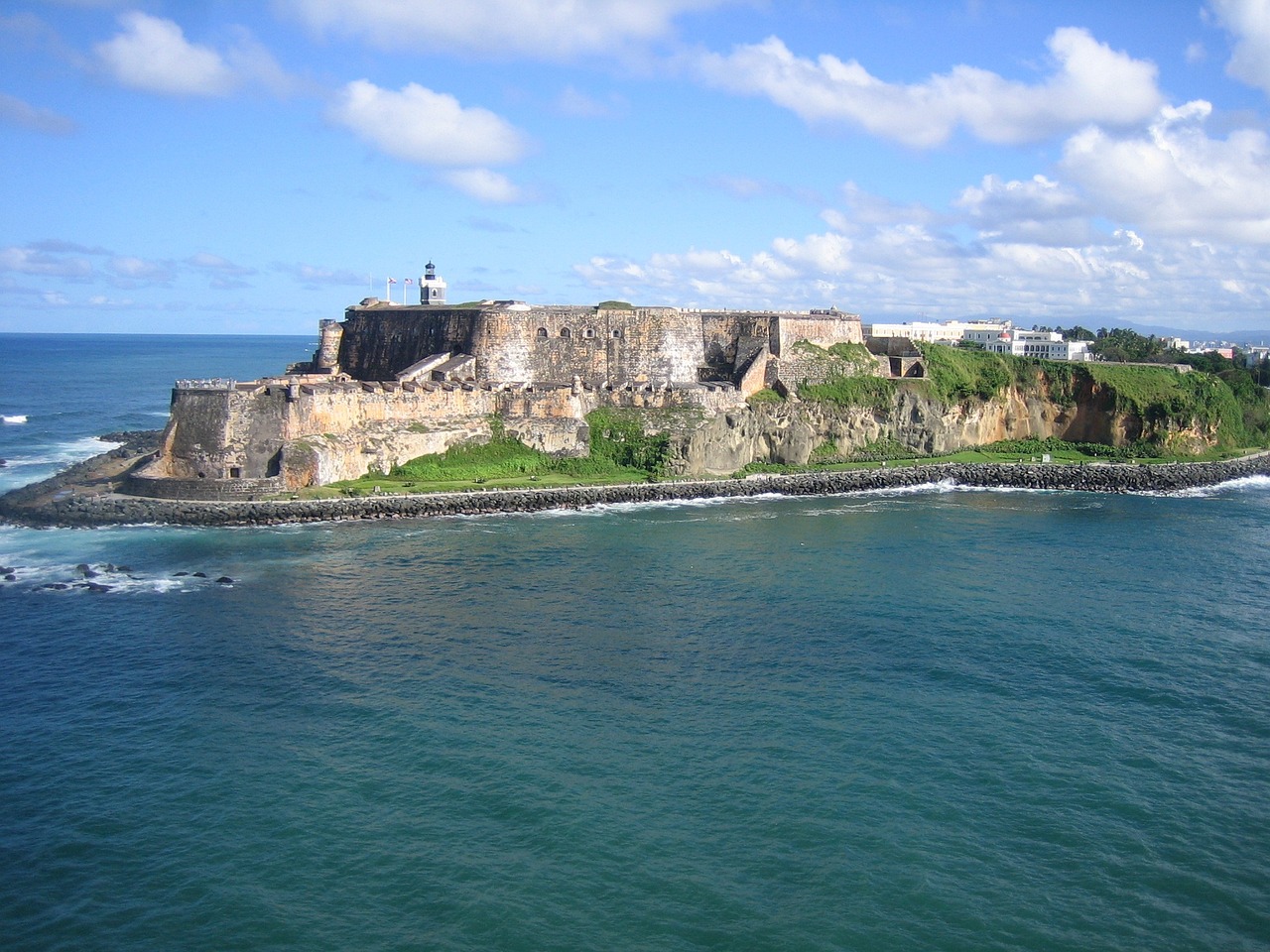
Golden Hour Kingdom: How Sunset Gilds These Ancient Streets in Magic
Viejo San Juan, the Spanish colonial name for the capital’s old quarter, was the first town brought to life in Puerto Rico by the ancient El Dorado of hope. It is the oldest part of San Juan to be recognized for its classic architecture, forts, and history. This part of the town is renowned for its numerous centuries-old fortresses, vibrant cobblestone streets, and a dynamic cultural scene. Eventually, the place was listed by the United Nations as one of its World Heritage Sites. This is one of the required stops for history enthusiasts, as well as for thrift-store shoppers and those interested in Puerto Rican cultural heritage. Old San Juan, the historical heart of the city and the capital of Puerto Rico, is a vibrant and colorful destination that blends rich history, colonial architecture, and Caribbean attractions. This UNESCO World Heritage Site was established in 1521 and is one of the oldest European-established settlements in the United States, offering visitors a panoramic journey through time. With its cobbled roads, pastel-colored buildings, and historical sites, Old San Juan, Puerto Rico, is a must-see for anyone who discovers it.
The center of Old San Juan is Castillo San Felipe del Morro, a 16th-century fort that stood as a bulwark for Puerto Rico’s strategic significance during the invasion. This prestigious stronghold, situated on a stone overlooking the Atlantic, offers fantastic views and an attractive glimpse into the island’s military history. Nearby, another influence, Castillo San Cristóbal, offers further insight into the island’s colonial past and played a role in defending the Spanish Empire.

Old San Juan, Puerto Rico
Key Attractions in Old San Juan
Castillo San Felipe del Morro (“El Morro”)
Built to shield San Juan from ship invaders, the castle played a pivotal role in many legendary sieges.
Castillo de San Cristóbal
This makes a case for the mighty castle built by the natives of New Spain. Orbiting at the last frontier of European expansion in Thirteen A.D., New Spain was stunning with an agent like which it had never seen.
La Fortaleza
Built in 1533, La Fortaleza is the only building in which the Governor of Puerto Rico resides and the oldest building in continuous use for administrative functions in the Americas.
Experience: The tourists are given a tour of the magnificently conserved historical buildings and gardens, and a briefing on their political and historical significance.
Calle del Cristo & Calle Fortaleza
The setting of the houses on these roads is characterized by the different charming colors of the Cologian houses, the presence of art galleries, boutiques, and numerous notable restaurants. Street Fortaleza has gained significant recognition through the Umbrella Sky Project, an art piece that presents an equitable culture of the region with brightly colored umbrellas displayed throughout the streets.
San Juan Cathedral (Catedral de San Juan Bautista)
Constructed in 1521, the San Juan Cathedral is the second-oldest church in the Americas and is considered a magnificent example of Gothic and neoclassical architectural styles. It also has the tomb of Juan Ponce de León, a well-known Spanish explorer.
Experience: Fans can explore the cathedral’s interior, which features religious-themed artwork, colored glass, and the spot where Ponce de León is said to have left.
Paseo de la Princesa
The image of the long, picturesque street adjacent to San Juan Bay is the Paseo de la Princesa, a walkway surrounded by trees, sculptures, and a market selling traditional, handmade goods. It culminates at the Raíces Fountain, a striking statue symbolizing the island’s diverse cultural roots.
Plaza de Armas
One of Old San Juan’s favorite squares, Plaza de Armas, is also known for fun gatherings for the town’s people. The local square features the San Juan City Hall and several other historic buildings nearby.
Museo de las Américas
Located within the historic Cuartel de Ballajá building, this museum is dedicated to showcasing the diverse cultures and history of the Americas, with a focus on the indigenous, African, and European influences in Puerto Rico.
Cultural Experiences
Local Cuisine
Old San Juan has become a destination for food lovers. The range of food offerings is broad, from upscale restaurants offering luxurious menus to local eateries that serve a type of cuisine unique to the city. Puerto Rican dishes, such as mofongo (plantains with seafood or meat mixed in), tostones (fried plantains), and lechón (roasted pork), are on the menu in Old San Juan.
Nightlife is also renowned for its vibrant scene, with bars and clubs showcasing live salsa, reggaeton, and Caribbean beats.
Festivals and Events: Various cultural festivals and events are held in Old San Juan, with the notable San Sebastián Street Festival in January being a highlight. The festival is comprised of music, food, and parades, among other things—a reflection of the culture of Puerto Ricans in San Sebastian Street.
A picturesque walk with the city walls, Pasao de la Princesa is an ideal place to walk calmly. Lined with fountains, sculptures, and green areas, this walkway leads to the historic Port of San Juan, which once served as the main entrance to the walled city. Almost Rice Fountain celebrates Puerto Rico’s cultural heritage and is a popular photo spot.
Old San Juan’s lively streets are lined with colorful colonial buildings, many of which house museums, galleries, and shops. The San Juan Cathedral, one of the oldest cathedrals in the United States, is a beautiful example of Spanish colonial architecture. Spanish Finder is the latest rest goal for Juan Ponce de León—a former military barracks that shows the Museo de Las Emergencias, which houses art.
Best Time to Visit
Peak Season
December to April is indeed the most comfortable time to travel because it is mild and there are many events to attend. In the meantime, the third place becomes even busier, so it’s best to book your accommodation earlier.
Off-Peak Season: The summer period (from June to August) has a lower number of tourists and lower prices; however, the temperature is higher and the humidity is more intense.
Getting Around
Walking: In Old San Juan, most of its attractions are concentrated in a small area, making it easy to walk through them. The smallest streets add to their appeal, but that would be a big problem for vehicles.
Free Trolley: A free trolley service operates through Old San Juan, making it easier for people to navigate the city and offering stunning views as a bonus.
Old San Juan is a city in Puerto Rico that, besides being a vibrant and historical place, combines different cultures with beautiful colonial architecture and modern life. The first settlement in Puerto Rico and a UNESCO World Heritage Site, Old San Juan is a picturesque walled city situated on a remote point of the mainland, connected to the main island by bridges. It features an excellent team of historians, authors, and specialists who work tirelessly to keep visitors engaged in all aspects of the museum. The cobbled streets, lined with colorful Spanish colonial buildings, feature numerous landmarks dating back to the 16th century. Some are even more beautiful than that, such as El Morro and San Cristóbal, which help protect the city from attackers. These fortressy buildings, which cling to the sea cliffs, are not only a treasure chest of the past, but also a place that offers a magnificent view of the Atlantic Ocean and San Juan Bay, which makes a must-see for everyone, history buffs and photographers, alike.
When you walk through Old San Juan, you will see colorful buildings painted in mild colors, enhanced by the wrought-iron balconies. The city’s architectural beauty is complemented by a lively atmosphere, with plazas such as Plaza de Armas and Plaza Colón serving as social hubs where locals and tourists mingle. You’ll find street vendors, musicians, and artists bringing the streets to life with their talents and crafts here.
Old San Juan is also home to some of the most important cultural institutions in Puerto Rico such as the San Juan Cathedral, where the tomb of Juan Ponce de León is located.
Apart from the historical side, Old San Juan’s local culinary culture is the main attraction, where couples can savor traditional Puerto Rican meals, known as “comida criolla.” Travellers also visit similar lands, such as Bora Bora, the “Pearl of the Pacific,” one of French Polynesia’s most beautiful islands.
Conclusion
The charming and delightful Old San Juan is home to several museums and art centers. One of them is the Museo de las Américas, a museum that features the art and history of Latino Americans and the Caribbean. Galleries in the area will enhance the local arts community, and participating artists will undoubtedly take advantage of this opportunity. There is no dearth of street artisan shops that retail pieces of goods, such as bracelets, necklaces, and soft dolls, that carry the soul of the island’s traditional handicrafts. The beauty of Old San Juan lies not only in its rich history and culture but also in its warm personality, which is evident in every corner. The hospitality of the Puerto Rican people makes you feel as if you are coming face-to-face with something new. As for whether you are interested in history, hungry for Caribbean savors, or want a fascinating place, Old San Juan is the best place to put on your bucket list. The captivating mix of past and future that this place offers is both traditional and stimulating.





